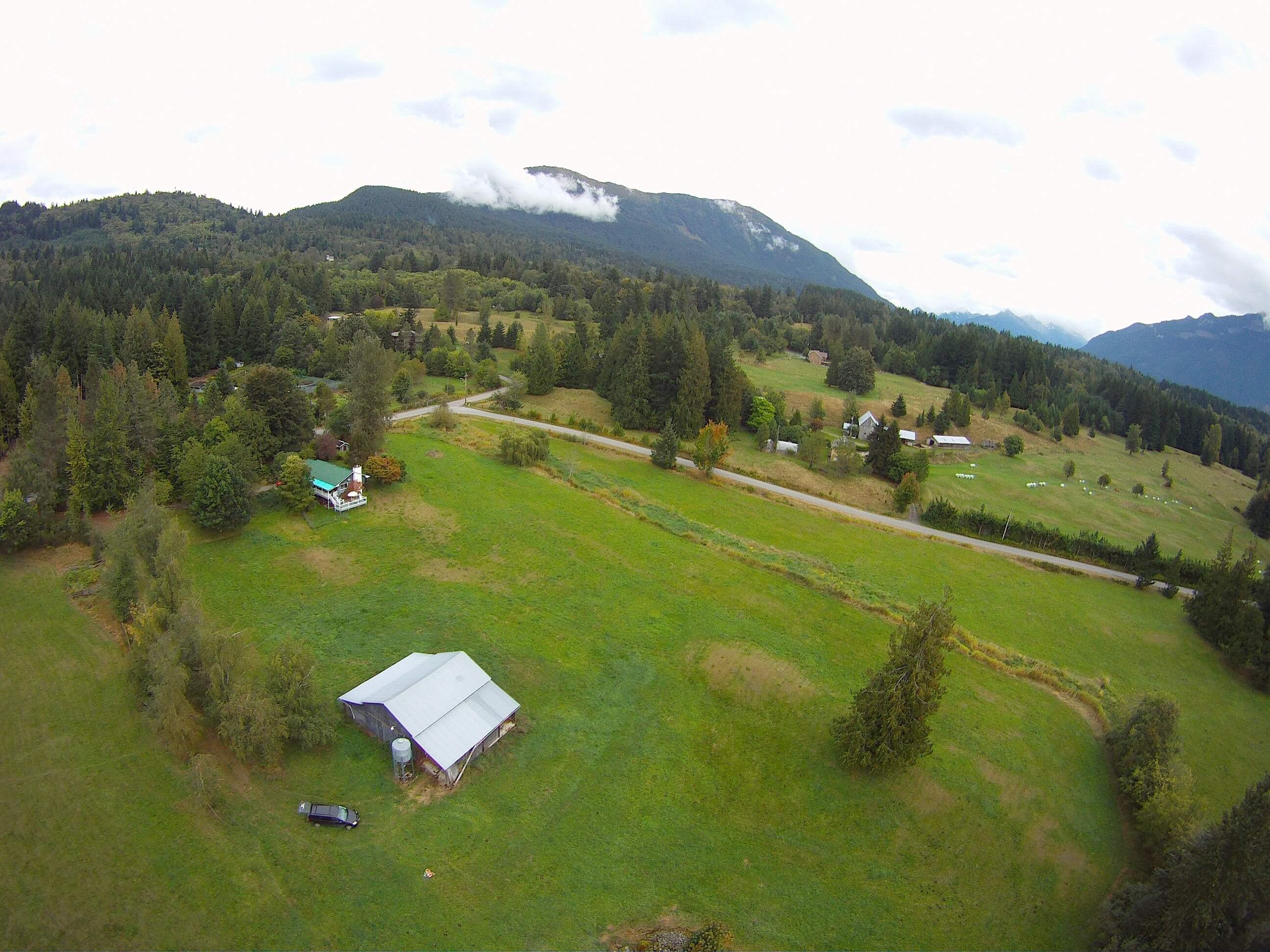“Where does the rocket’s super power come from?”
When you pump your bicycle air pump fifty times, the work that you do is being stored inside the pop bottle as compressed air.
Air is very springy and when it gets a chance, it bounces back to its original volume. The only way it can do that is to come rushing out the nozzle at the bottom of the rocket.
You feel tired after doing fifty pumps because you have delivered some of your energy to the rocket. But the rocket now contains the energy that you have lost, in the form of compressed air.
“How does a water rocket work?”
A lot of people make the mistake of thinking the rocket pushes on something (for instance, the ground). This is not true.
The rocket moves forward by throwing its exhaust (the air and water) out the nozzle as fast as possible.
It does not push on anything, like the ground or atmosphere. Example: if you were sitting in a small boat full of baseballs and one-by-one threw the baseballs out the back of the boat, the boat would move forward on the water.
The faster you threw the baseballs out the back of the boat, the more force would be applied to moving the boat forward.
This is not a very good way of moving your boat around.
And indeed, it is a very inefficient way of moving a rocket around, but what else can you do? There’s nothing to push on in outer space.
“How does a rocket go straight?”
A rocket is like an archery arrow.
As it moves through the air, the heavy front of the arrow falls forward and the wind pushes the fins to the back. To make the rocket go straighter:
- make the front heavier
- make the fins bigger
- or put the fins farther back.
AntiGravity rockets all use bigger fins as far back as possible, rather than more weight. That way they don’t have to work as hard to travel very high, and they’re much safer when they come down because they are so much lighter.
Space tip: Outer space rockets don’t have any fins because there is no air out there to push the fins back. They use gyro-sensors to automatically aim the nozzle in different directions to keep the rocket pointed straight.
“What do the guide rod and guide tube do?”
In the first fraction of a second when a rocket is lifting off of the ground, it is not going fast enough for the fins to keep it pointed straight up.
As soon as it is off of the ground it would tumble in a random direction around it’s center of gravity. Then as it picks up speed it would head off in an unpredictable direction.
The guide tube keeps the rocket pointed straight up as it slides up the guide rod until the rocket is going fast enough for the fins to keep it stable.
“How does the AntiGravity launcher work?”
The yellow bulb at the end of the filling hose is completely closed except for a tiny one-way pinhole valve. When you pump up the rocket with air, the pressure in the hose makes the bulb expand and press on the inside of the rocket nozzle.
The air also pushes through the pinhole to fill the rocket.
When the pressure in the rocket bottle reaches about 80 pounds per square inch, the bulb cannot hold on to the rocket anymore and it is pushed out of the nozzle by the air in the bottle.
Or if you disconnect the pump from the filling hose, the pressure inside the bulb is reduced to zero and the pressure in the bottle shrinks the bulb and pushes it out.
The launcher requires no special stand or bulky hardware because the rocket stands on its own fins.
